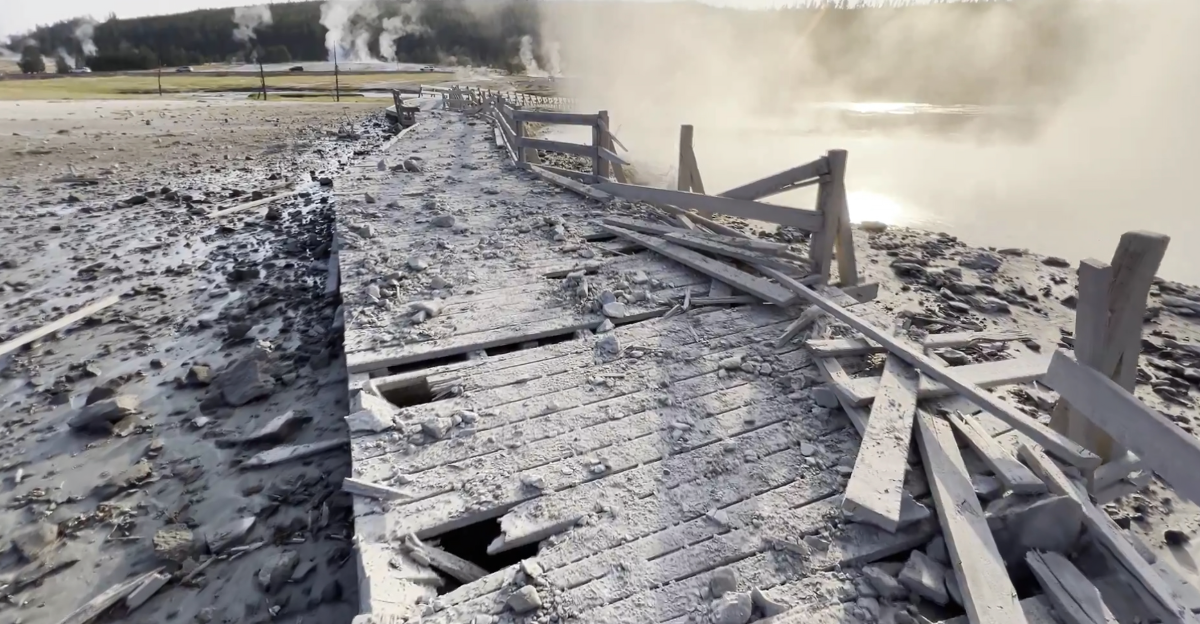
Yellowstone is more than a tourist attraction—it’s a geological time bomb. In a recent breakthrough, scientists have uncovered the volcanic “lid” capping its supervolcano.
Scientists, using advanced technologies, have confirmed that the volcanic cap, rock thickened over millions of years, subject to unparalleled pressure, flexes like a lung, periodically emitting magma and gas.
The dense crust, previously thought to be dormant, is actually alive. It exhales. It seeps. This lid is the only thing stopping an eruption that can alter the global climate for decades. But now that it’s on the move, the question is: How long before it blows?
How Scientists Found the Lid—And Why It Matters Today
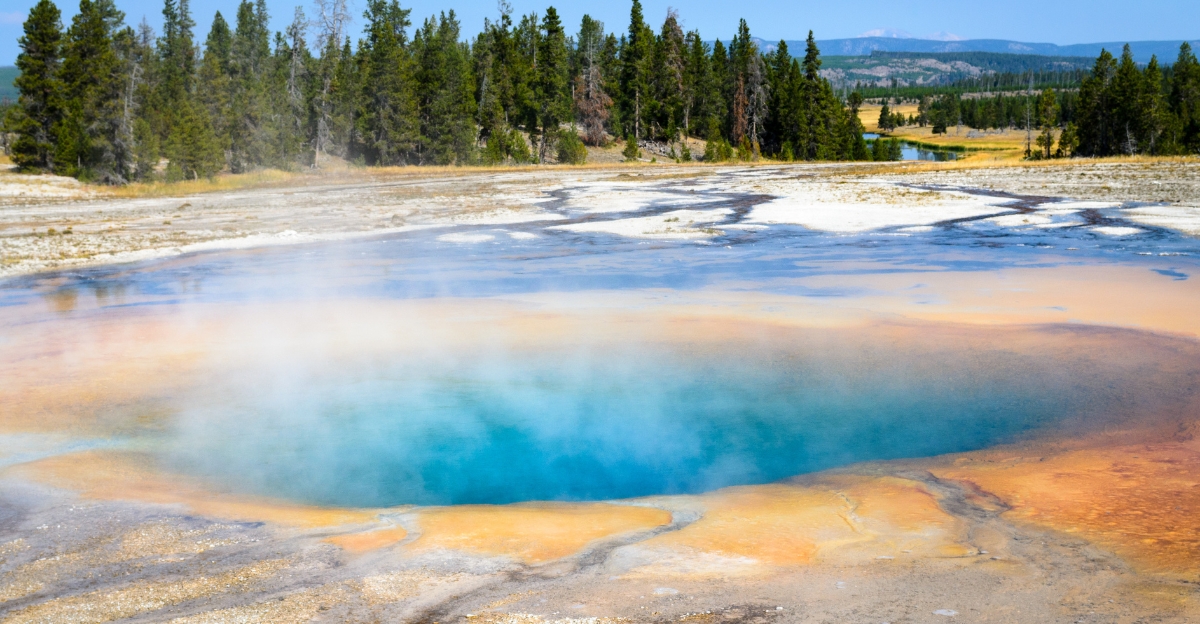
Yellowstone’s caldera, a volcanic field across parts of Wyoming, Idaho, and Montana, has been the subject of intense and urgent scientific study for decades. Scientists have long suspected the presence of this “lid”, but only now do we know its actual depth and density.
Using seismic tomography and magnetotelluric imaging technologies, scientists have found that the lid lies three to nine miles beneath the surface and is partially molten in some spots, making it a dynamic, but not static, barrier.
The important thing is its state of partial solidity: enough to hold the pressure, but soft enough that it can shift, stretch, and even break, resulting in catastrophe.
When Lids Leak—A Breathing Beast Beneath
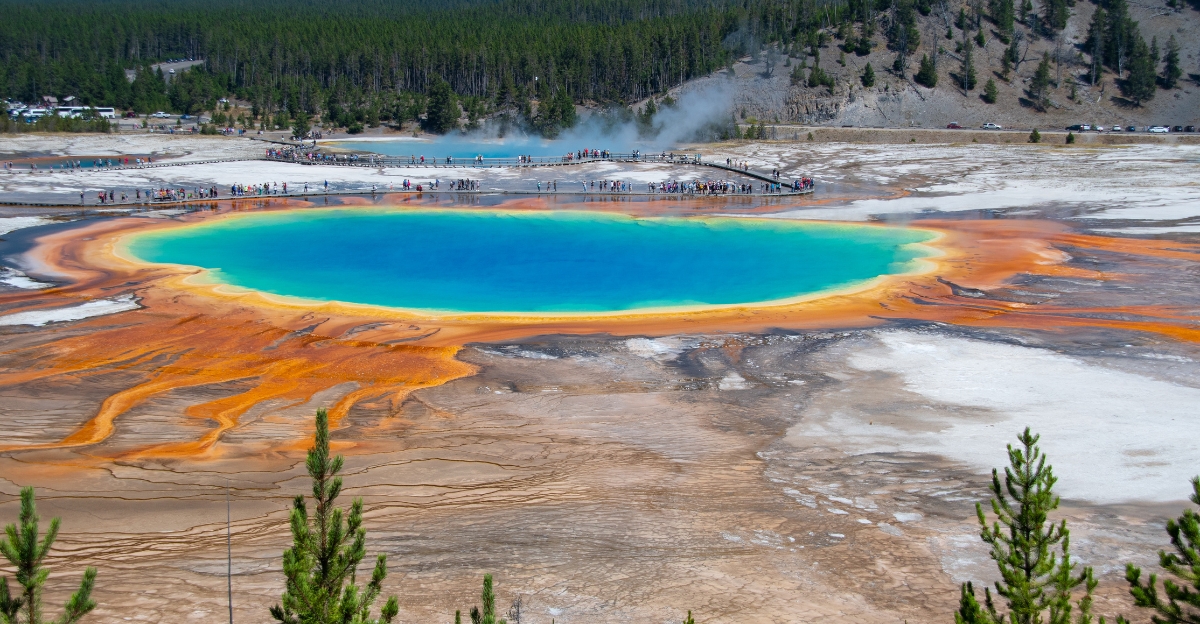
Yellowstone’s lid is not just holding pressure in—it’s bubbling with it. Satellite observations show that the overlying ground swells, moving a few inches annually, like a lung inhaling gas. That’s the magma moving below, not erupting, but not utterly silent either.
Fumaroles spit. Sulfur seeps. Seismic swarms suggest that the volcano’s magma is on the move, making its way upward gradually. Scientists have tallied hundreds of tiny earthquake clusters—a definite sign the lid is cracking at spots.
This isn’t doomsday rhetoric—this is a tectonic fact. The lid is a seeping pressure cooker, staying in place but making ominous hissing noises.
1 in 100,000? The Risk Equation Is Lying to You
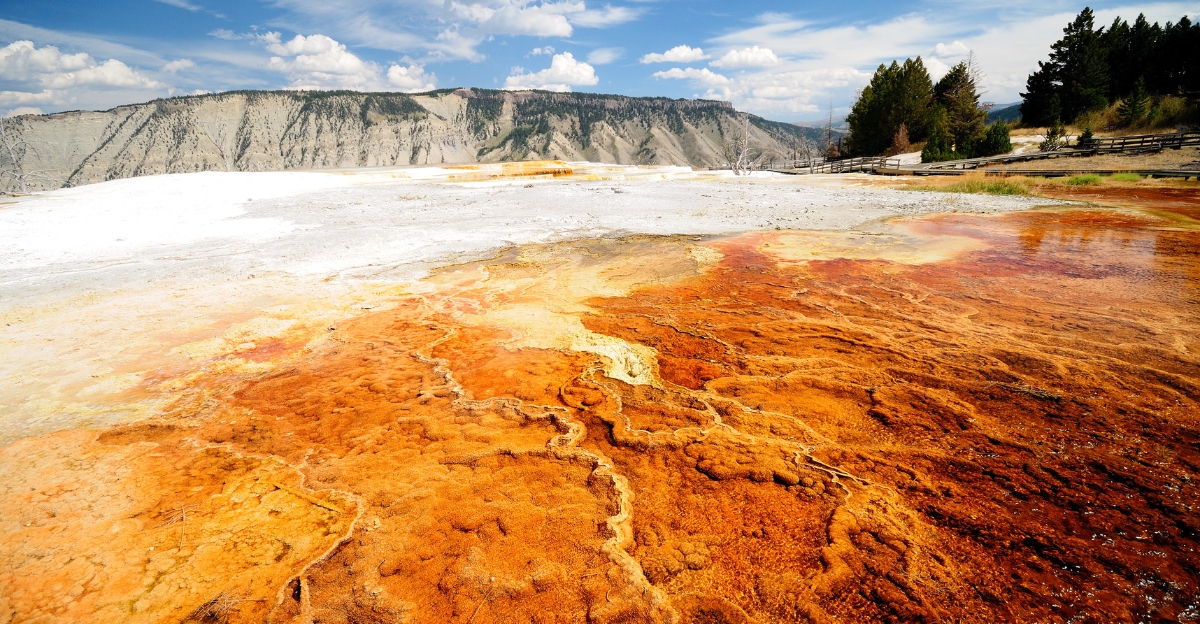
The United States Geological Survey (USGS) estimates the chance of a Yellowstone eruption in a single year to be 1 in 100,000. Sounds reassuring, doesn’t it? Think again. It masks a geological reality.
Volcanic systems develop and evolve over millennia. What is perhaps more concerning is not the statistical odds for one year, but the pressure trends, gas accumulation, and crustal movement. Scientists don’t predict volcanic activity through coin tosses; they diagnose its symptoms.
Yellowstone has an infection. Betting against it because “the odds are low” is like ignoring chest pain because your last checkup was fine. It’s not about panic—it’s about pattern recognition, and the patterns are becoming harder to ignore.
From Pompeii to Yellowstone: Lessons from Catastrophic Lids
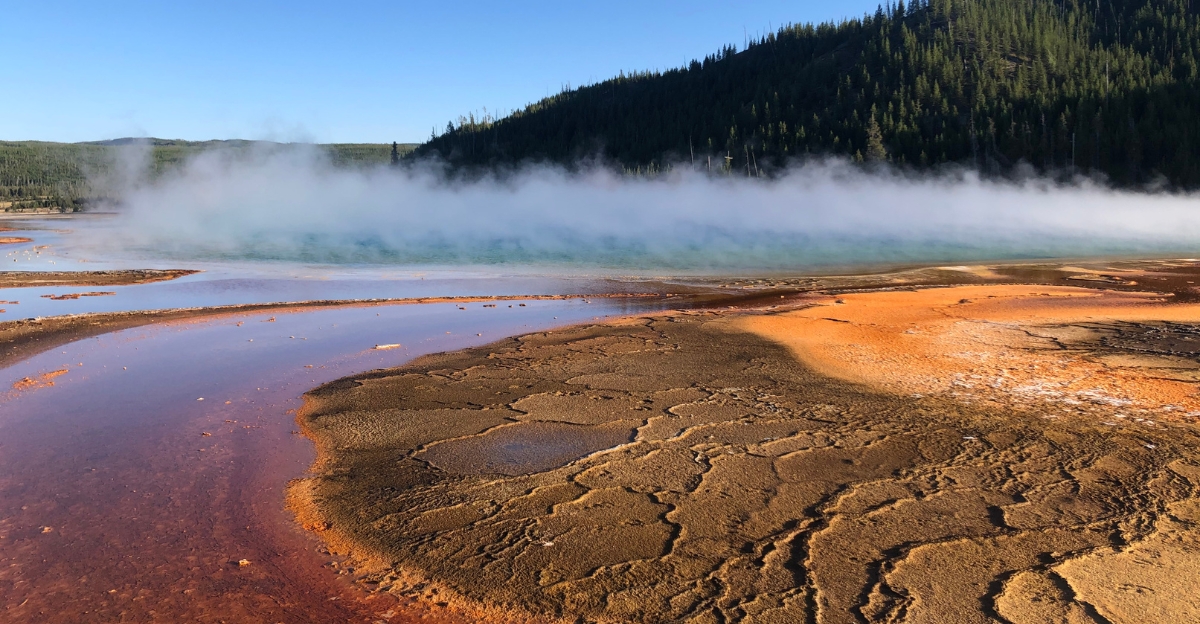
History is a brutal teacher. Pompeii’s lid was Mount Vesuvius’ dome—seemingly stable, until one morning in 79 A.D., it wasn’t. Mount St. Helens also possessed a hardened cap until it was pushed sideways in 1980 and flattened 230 square miles.
The moral? Volcanic caps are typically the harbinger of disaster, not its prevention. Yellowstone’s cap may be more extensive, but the principle is the same: pressure plus time equals eruption.
These historic analogies paint a chilling reality—when caps fall, they fall suddenly and with civilization-destroying consequences. What sets Yellowstone apart is its size. It’s not one Pompeii; it’s 1,000. The ash alone would starve continents.
Silicon Valley Meets Supervolcano: Can Tech Save Us?
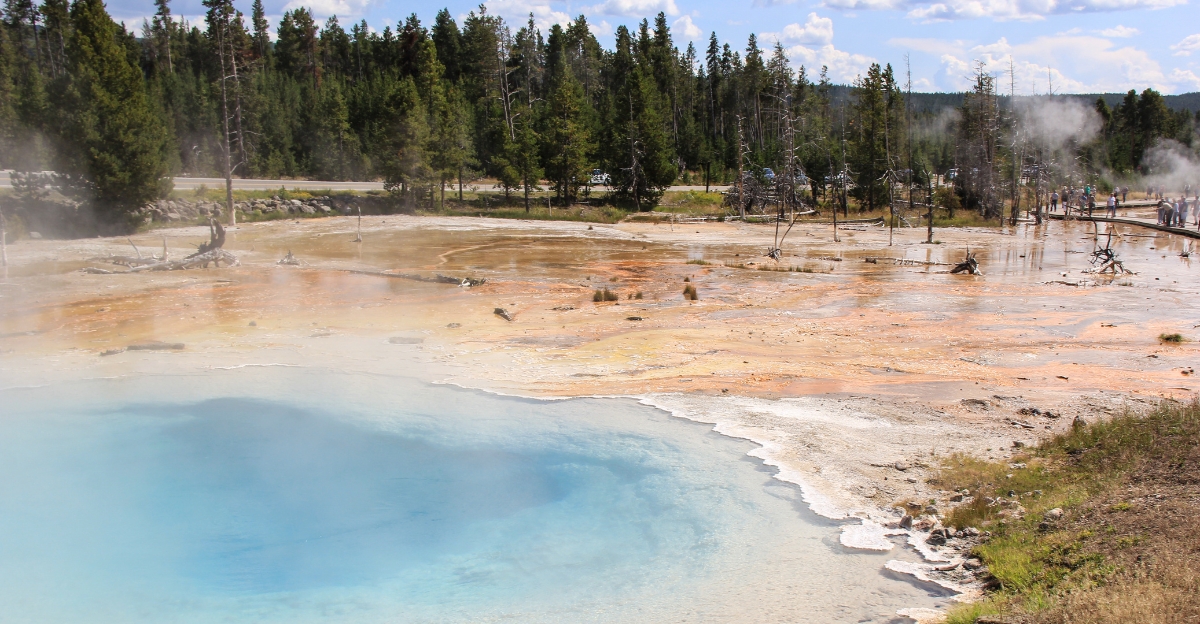
Here’s an interesting question: What if the next climate tech frontier isn’t carbon capture, but volcano engineering? In 2017, NASA floated a radical proposal—drill into Yellowstone’s magma chamber to release pressure and heat, effectively “cooling” the beast.
It sounds like science fiction, but the logic holds: geothermal release can buy us centuries. But it’s utterly reckless. If you hit the chamber the wrong way, you could trigger the eruption you’re trying to prevent.
Even then, with AI forecasting and precise drilling, could tech billionaires join forces with geologists to calm supervolcanoes? If so, the climate change-industrial complex might soon shift its attention from solar panels to seismic mitigation.
Contrarians Say: Let It Blow
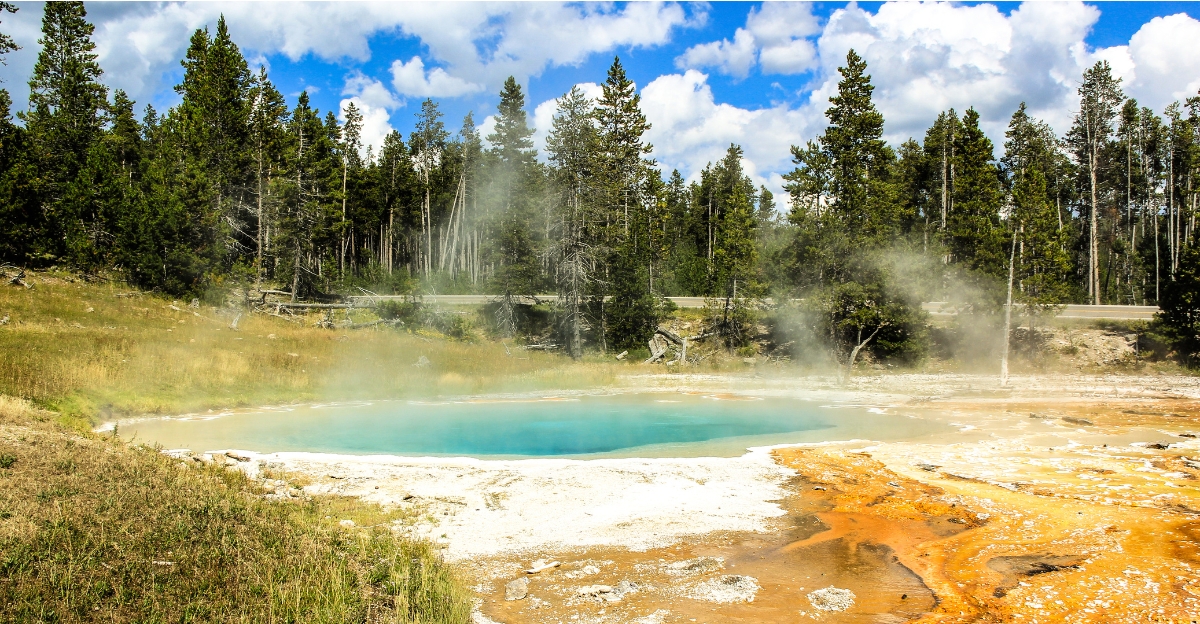
It sounds insane, but some geo-engineering futurists believe a Yellowstone eruption might benefit Earth long-term. The theory? A global “volcanic winter” could cool rising temperatures, scrub excess CO₂, and reset Earth’s climate.
Essentially, the volcano-as-vaccine argument. But it’s a deal with the devil’s situation: we’d face years of famine, global migration crises, and collapsed economies.
These contrarian opinions often cite the Toba eruption 74,000 years ago, which might have led to a genetic bottleneck that ultimately catalyzed human innovation. But playing chicken with extinction is not wisdom—it’s arrogance. Yellowstone is not a reset button. It’s a crude tool in a fine-tuned biosphere.
The Volcano vs Ecosystems

Yellowstone is not just a supervolcano—it’s a living sanctuary, home to wolves, bison, grizzlies, elk, and over 300 bird species. Its geothermal features create unique ecosystems that don’t occur anywhere else.
If it erupted, the effect on wildlife would be immediate and catastrophic. Ash would smother vegetation, poison water sources, and annihilate migration corridors. While thermal environments for microbial life would be lost.
The broader environmental consequences, such as acid rain, global cooling, and ecological meltdown, would reduce biodiversity on continents to zero. The Yellowstone eruption would not just threaten human society; it would annihilate the biological tapestry of one of the planet’s most renowned and susceptible natural laboratories.
Preparing for the Breath That Breaks the Lid
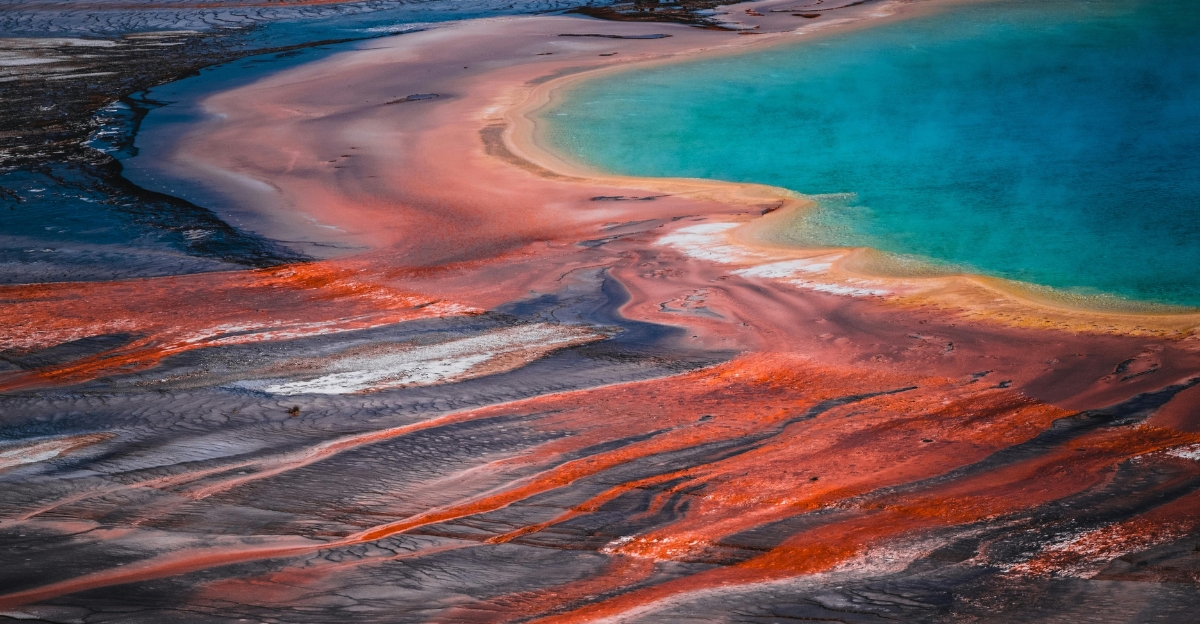
If Yellowstone’s lid blows wide, the destruction will be felt worldwide. Ash will cover half the continent in a few days, shutting down air travel and causing crops to wither under sunless skies.
But here is the brutal truth: there is no actual readiness for a supereruption. FEMA does not have a supervolcano emergency plan in place. Detection and evacuation are the best you can do; except, where do you evacuate a half-continent?
Still, researchers continue monitoring the volcano with sensors, satellites, and modeling. Their job isn’t to stop the eruption, it’s to give us a bit more warning. The lid is breathing, and our job is to listen more carefully.
Living on the Lid: What Yellowstone Says About Us
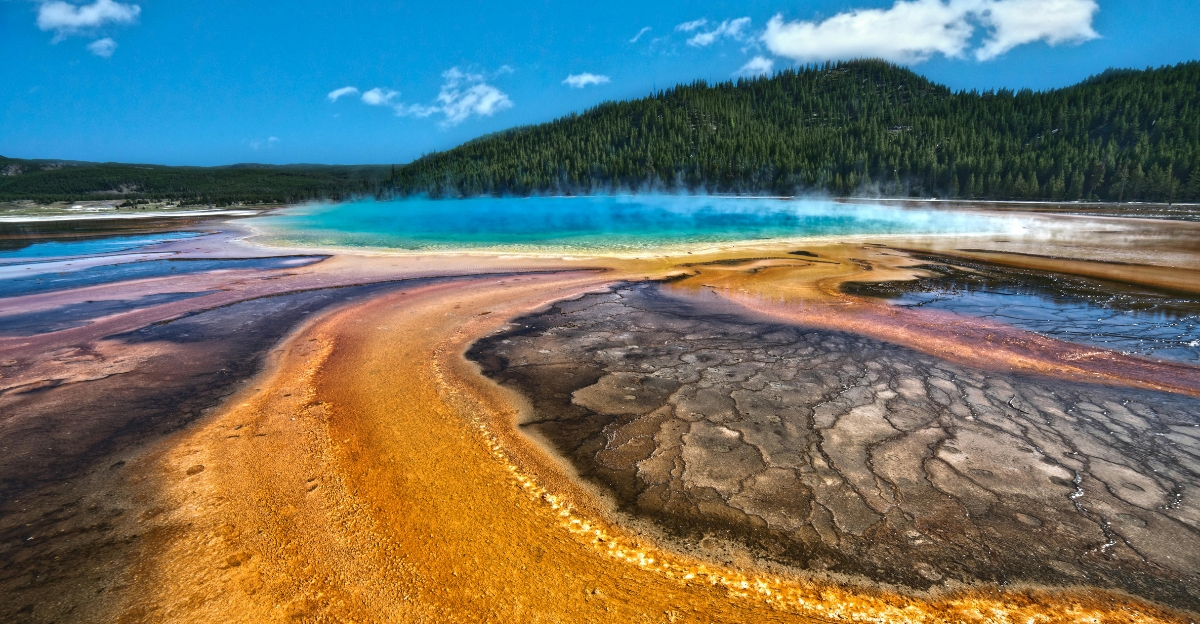
Yellowstone’s breathing lid is not just a geologic curiosity—it’s a metaphor for civilization itself. We build skyscrapers over fault lines, and our economies are based on unsustainable carbon.
And yet, we are surprised when nature changes. The supervolcano is a lesson in humility—to place science and modesty above denial and convenience. Geologists did not find a lid; they found a living system beneath our feet, with caution signs everywhere.
Will we invest in early warning, technology, and education? Or will we keep sunbathing on top of a monster, perhaps hoping it will stay asleep?
Explore more of our trending stories and hit Follow to keep them coming to your feed!

Don’t miss out on more stories like this! Hit the Follow button at the top of this article to stay updated with the latest news. Share your thoughts in the comments—we’d love to hear from you!







